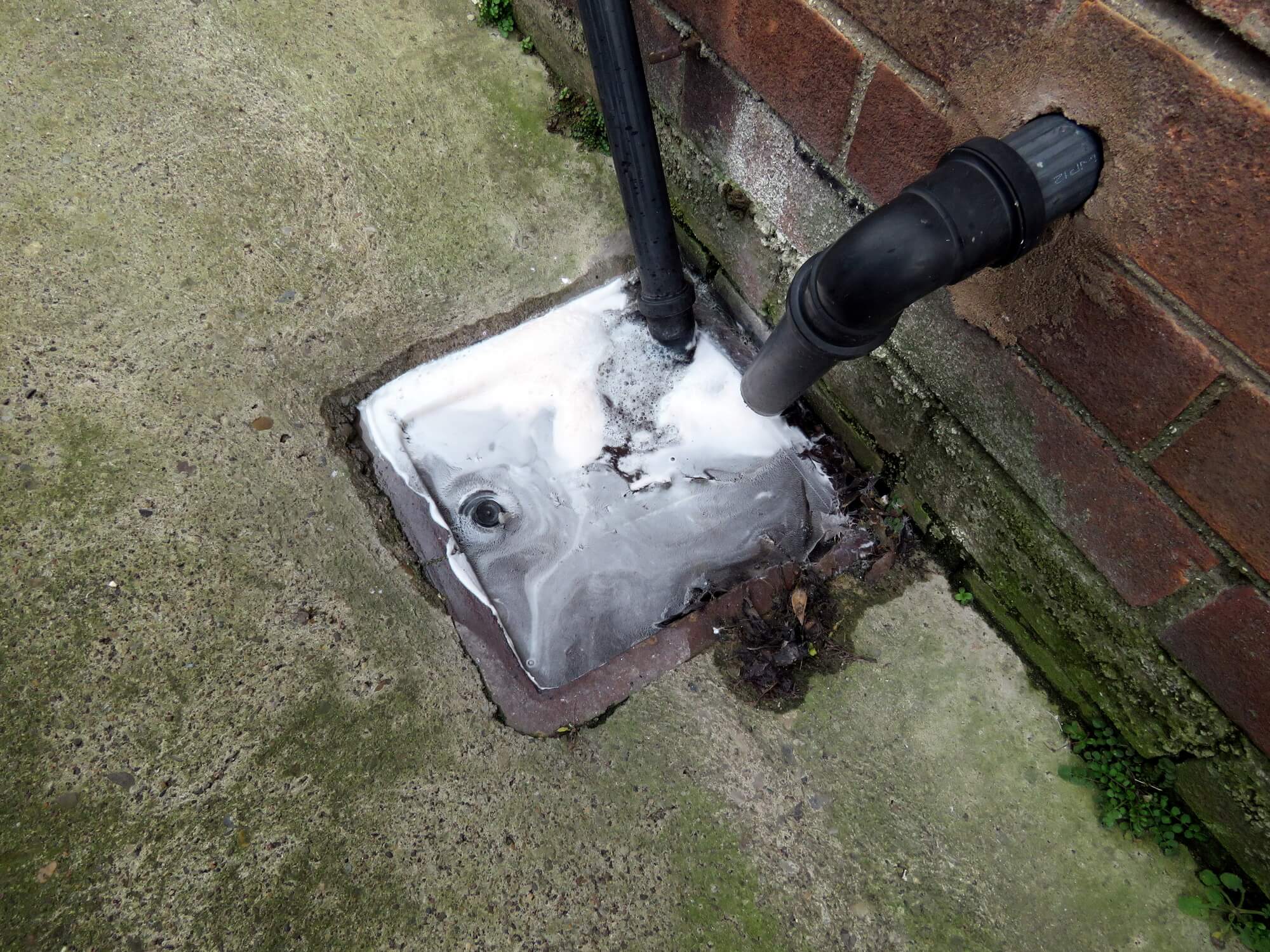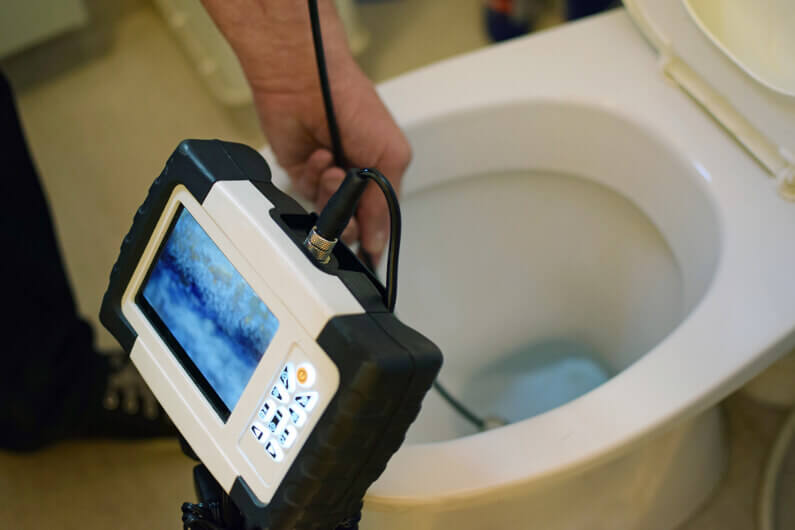Strategies for Handling a Blocked Drain Prior to Contacting Professional Plumbers
Strategies for Handling a Blocked Drain Prior to Contacting Professional Plumbers
Blog Article
The article author is making several good observations regarding How to handle a clogged drain in your home overall in the article in the next paragraphs.

Intro
Handling an obstructed drainpipe can be a discouraging experience, interrupting everyday activities and possibly causing damages to your home. Nonetheless, before connecting to pipes professionals, there are steps you can take to address the problem on your own. In this overview, we'll explore DIY remedies and preventive measures to tackle a blocked drain properly.
Recognizing the Concern
The initial step in dealing with an obstructed drain is identifying the signs. Slow drainage, gurgling noises, foul odors emanating from drains, or water support up are common indications of an obstructed drain. Determining these indications early can aid protect against better issues.
Common Causes of Blocked Drains
Recognizing the elements that add to drain pipes blockages is essential for efficient resolution. Usual culprits include hair, soap residue, oil, food particles, and international items like hygienic products or paper towels. Tree origins invading underground pipelines can additionally create significant blockages.
DIY Solutions
For small clogs, numerous DIY solutions can be efficient. Pouring boiling thin down the drain can aid dissolve oil and debris. Sodium bicarbonate and vinegar or a blend of salt and baking soda can act as natural cleansers. Using a bettor or pipes serpent to dislodge obstructions is one more alternative.
Devices and Tools
Having the right devices on hand can make DIY drain cleaning up much more effective. A bettor is a versatile device for clearing clogs in sinks, commodes, and showers. A pipes serpent or auger can get to deeper obstructions, while drainpipe cleansing chemicals can be used cautiously for stubborn blockages.
Preventive Measures
To avoid future blockages, adopting safety nets is important. Set up drainpipe guards or filters to catch hair and debris before they go into the pipes. On a regular basis flush drains with warm water to dissolve oil buildup, and stay clear of throwing away grease or strong waste down the tubes.
When to Call an Expert
While do it yourself solutions can solve small blockages, specific signs show the need for specialist assistance. Consistent blockages, foul odors in spite of cleaning up efforts, or multiple drains pipes backing up simultaneously are warnings that call for skilled intervention.
Picking the Right Plumbing Solution
When selecting a pipes service, consider factors such as experience, licensing, and consumer evaluations. Pick a credible plumbing technician with a record of top quality craftsmanship and transparent rates techniques.
Cost Factors to consider
The expense of professional drain cleaning services can differ relying on the seriousness of the obstruction and the plumber's prices. Demand quotes from numerous companies and ask about any type of service charges to make certain openness and avoid shocks.
Security Measures
When attempting do it yourself drain cleansing, focus on security. Put on protective handwear covers and eyeglasses to avoid contact with harmful chemicals or microorganisms. Never ever mix various drainpipe cleansing products, as this can create harmful fumes.
Situation Studies
Real-life instances illustrate the performance of do it yourself options and the significance of timely specialist treatment in dealing with drainpipe obstructions.
Final thought
By adhering to the tips described in this overview, you can effectively take on obstructed drains pipes and stop future plumbing concerns. Whether selecting do it yourself options or looking for specialist help, prompt action is vital to keeping a healthy plumbing system and preserving the honesty of your home.
How to Clear a Clogged Drain Yourself (And When to Call In the Professionals)
What Can Clog a Drain
Dirt Skin flakes Hair Grease Soap scum Food Offset pipes Tree roots Small objects Mineral buildup DIY Tricks to Unclog a Drain
You can fix this! Once you have identified the source of the clog (or have a vague idea), you can try one or a combination of these fixes in order to clear your plumbing.
Wire Hanger or Snake
Untangle and clear out hair from a drainpipe with a homemade snake. Use a straightened-out wire hanger with a 90-degree angle hook to locate the clog and drag out any unwanted material.
Remember not to push the clog further down to where the wire hanger cannot reach! If you need to follow up with a plunger, give it a try. Your efforts might be more successful after it’s been wire-snaked.
If you want to get fancy and don’t have a wire hanger to spare, head to the store and pick up a hand-operated drain snake. You can get one for $10-$30. It may save you the hassle, and provide additional length to reach deep into the clogged pipe.
Plunger
A cup plunger has a suction cup attached to a wooden handle. The rubber creates a seal around the drain, and increases the pressure force of the plunger.
Plunge for 30-second increments to loosen the clog. This may need to be repeated over the course of 15-20 minutes. Once plunged, run the water to flush the remaining material out of the drain.
Remember– never use a plunger if you have used a chemical drain cleaner. These chemicals can splash up from the force of the plunger and cause serious injury or burns.
Boiling Water
Hot water can sometimes break up materials into a flushable amount. Dirt, grease, and soap buildup requires heat in order to unstick from surfaces.
Take your kitchen kettle and heat your water to a boil. Once it reaches a rolling boil, pour it directly down the drain into the blockage. Carefully follow with plunging, if necessary.
Don’t worry if this takes more than one try! It can often take multiple kettles and repeated plunging in order to clear a particularly stubborn clog.
Chemical Drain Cleaner
As a last resort, pick up a bottle of chemical drain cleaner. Drain-cleaning chemicals are potent, and not very good for the environment.
You may need to wear protective eyewear in gloves before handling your bottle of chemical drain cleaner. Follow the instructions printed on the bottle, and flush with water as soon as the instructions allow. Do not follow with plunging.
Baking Soda and Vinegar
As a safer alternative to chemical drain cleaner, baking soda and vinegar can create a chemical reaction that clears tough clogs.
Combine one cup of cleaning vinegar with one cup of boiling water, and set aside. Once you have done this, pour half a cup of baking soda down the drain. Give the baking thirty seconds to settle and cover a large portion of the problem drain.
Following the baking soda, pour down your vinegar and hot water solution. Once the vinegar and baking soda combine, the mixture will bubble and fix. Let this reaction fizzle in the drain for about an hour.
After an hour, follow with a kettle’s worth of hot water. The heat and liquid should flush out any remaining material.
When to Call a Plumber
If your DIY attempts haven’t cleared your clog drain, it’s time to call in a professional. It’s not worth losing access to your kitchen sink or high-traffic bathroom. A clog in a vital area can keep you from the things you’d rather be doing, and derail your routine.
Anytime a clog is causing water to spread is a time to call in a plumbing service. What starts out as a little bit of water can quickly grow into serious, expensive water damage.
Additionally, a serious clog can result in burst pipes or serious leaks. Make sure you know when to take it seriously!
https://myguysnow.com/how-to-clear-a-clogged-drain-yourself-and-when-to-call-in-the-professionals/

As a devoted person who reads on What I learned from trying to deal with a clogged drain, I imagined sharing that excerpt was smart. Remember to take the time to share this blog if you enjoyed it. We recognize the value of your readership.
Call Today Report this page